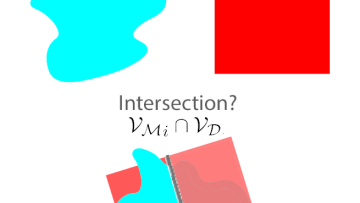North meets South Colloquium
Abstract
What is the minimal size of a separating set? -- Emilie Dufresne
[[{"fid":"23334","view_mode":"media_square","fields":{"format":"media_square","field_file_image_alt_text[und][0][value]":"Emilie Dufresne","field_file_image_title_text[und][0][value]":"Emilie Dufresne"},"type":"media","attributes":{"alt":"Emilie Dufresne","title":"Emilie Dufresne","height":"258","width":"258","class":"media-element file-media-square"}}]]
Abstract: The problem of classifying objects up to certain allowed transformations figures prominently in almost all branches of Mathematics, and Invariants are used to decide if two objects are equivalent. A separating set is a set of invariants which achieve the desired classification. In this talk we take the point of view of Invariant Theory, where the objects correspond to points on an affine variety (often a vector space) and equivalence is given by the action of an algebraic group on this affine variety. We explain how the geometry and combinatorics of the group action govern the minimal size of separating sets.
Predator-Prey-Subsidy Dynamics and the Paradox of Enrichment on Networks -- Robert Van Gorder
[[{"fid":"23335","view_mode":"media_square","fields":{"format":"media_square","field_file_image_alt_text[und][0][value]":"Robert Van Gorder","field_file_image_title_text[und][0][value]":"Robert Van Gorder"},"type":"media","attributes":{"alt":"Robert Van Gorder","title":"Robert Van Gorder","height":"258","width":"258","class":"media-element file-media-square"}}]]
Abstract: The phrase "paradox of enrichment" was coined by Rosenzweig (1971) to describe the observation that increasing the food available to prey participating in predator-prey interactions can destabilize the predator's population. Subsequent work demonstrated that food-web connectance on networks can stabilize the predator-prey dynamics, thereby dampening the paradox of enrichment in networked domains (such as those used in stepping-stone models). However, when a resource subsidy is available to predators which migrate between nodes on such a network (as is actually observed in some real systems), we may show that predator-prey systems can exhibit a paradox of enrichment - induced by the motion of predators between nodes - provided that such networks are sufficiently densely connected.



